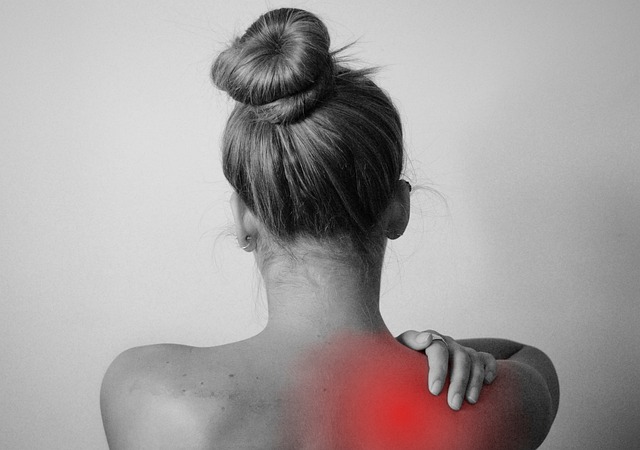
Car accidents usually involve forceful impacts and violent jostling, both of which can damage the soft tissue. Comprised of muscles, tendons, ligaments, nerves, and other tissues that support the skeletal system, soft tissue is vulnerable to injury in even minor collisions.
Unfortunately, because these injuries aren’t usually life-threatening, they’re often dismissed by insurance adjusters as trivial. In reality, though, soft tissue damage can be devastating.
From sprains and strains to contusions and tears, such injuries can hurt the victim’s overall quality of life in significant—and sometimes even irreversible—ways. Thankfully, those who weren’t entirely to blame for the accident are typically entitled to compensation.
If you were recently involved in a car crash and you sustained only soft tissue injuries, here’s what you should know about proceeding with a claim:
Proving Liability
When it comes to car accident claims, California takes a fault approach. That means the motorist—or other party—who was to blame is financially responsible for the resulting damages.
Before you can pursue compensation for said damages, though, you’re going to have to present sufficient evidence of liability. This will likely include some combination of the following:
- Dash camera footage;
- Eyewitness testimony;
- Statements from accident reconstruction experts;
- Toxicology reports;
- Cell phone records; and
- The official police report.
Proving Damages
Gathering evidence of liability is just half the battle when building a car accident claim. You’re also going to have to demonstrate that you incurred actual damages as a direct result of the soft tissue injuries sustained in the wreck. In California, recoverable damages include:
- Pain and suffering;
- Loss of enjoyment in life;
- Emotional distress;
- Replacement services;
- Alternative transportation;
- Domestic help;
- Home and vehicle modifications;
- Medical bills;
- Loss wages; and
- Loss of future earnings.
Evidence that will help you demonstrate damages includes receipts, invoices, and paystubs. Daily journal entries and psychological evaluations can also come in handy when proving non-monetary losses.
It’s worth noting that you’ll only be able to recover 100 percent of these damages if the opposing party is deemed 100 percent responsible. California has a pure comparative fault rule, which means the plaintiff’s own portion of blame offsets the defendant’s financial liability.
In other words, if you incur $50,000 in damages but the court finds you 10 percent at fault, you’ll only be able to seek $45,000 from the opposing party. You will be considered responsible for the other $5,000, or 10 percent.
Speak with a Long Beach Car Accident Attorney
Your Injuries Are Personal to Me
At the Law Office of Michael D. Waks, we know what it takes to prove both liability and damages following a wreck. If you were hurt in a car accident, we’ll use all the resources at our disposal to help you gather the evidence needed to pursue compensation for your losses. To schedule a free case review with a car accident lawyer in Long Beach, complete our Online Contact Form or call (562) 206-1939.
Download Our Car Accident Emergency Response .PDF
Building a strong car accident claim starts at the scene. To ensure you’re always prepared, print our Car Accident Emergency Response .pdf, and store it in your glovebox. This document contains a step-by-step guide for recording the scene, so you can bolster your claim on day one. Download it HERE for free.
- How to Help Your Loved One Cope with a Spinal Cord Injury - October 27, 2021
- How Can I Prove a Motorist Fell Asleep in Traffic? - October 20, 2021
- Filing a Truck Accident Claim? Avoid These Common Mistakes - October 13, 2021